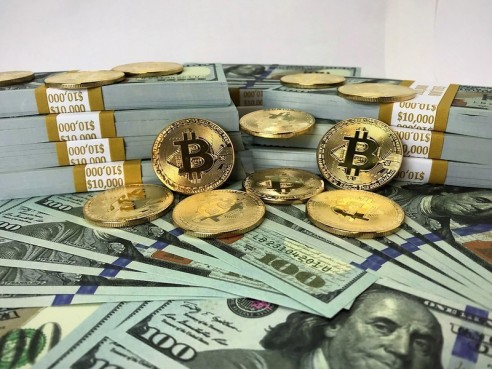Tronix (TRX) price
- TRX - USD (United States Dollar)
- TRX - EUR (Euro)
- TRX - GBP (British Pound Sterling)
- TRX - RUB (Russian Ruble)
Market cap
$10,788,939,375
87,614,802,053 TRX
Volume (24H)
$407,728,597
3,311,081,752 TRX
Day's range
$0.1203 - $0.1234
0.00000205 BTC - 0.00000210 BTC
Last trade
8.00000000 TRX
hitbtc $0.9847
Open price (24h)
$0.1208
52 Weeks. Low - High
$0.1000 - $0.1200
Supply
87,532,840,799 TRX
Max supply
2,147,483,647 TRX
Open/Close in UTC time
| Date | Close Price | Open price | Volume (24H) | Market Cap | Day's range |
|---|
What is Tron?
The Tron Project is a Blockchain-based, decentralized protocol that is designed to facilitate an online entertainment system. WIthin the Tron environment, users can create, upload, store, share, and own data. Through the use of distributed storage technology, users can share their content with others freely while avoiding the need for a centralized, third-party content sharing platform, such as Facebook, Google Play, and Apple’s Appstore.
This decentralized nature enables Tron users to exchange content on a peer-to-peer basis, without any censorship or profit siphoning from an overseeing payment channel. The content contributors also benefit from a proportional share of profits, relative to the ecological contribution that they are making to the platform, meaning that content contributors will receive digital assets for producing and spreading quality content, thus growing the Tron ecosystem.
What is Tronix?
Tronix (TRX) is the token used to fuel the Tron ecosystem. All users within the Tron Blockchain use the token for any exchange of value. For example, using TRX for the purchase of content, or for the rights to a certain amount of decentralized storage space. The Tron platform also allows users to invest their TRX back into the ecosystem as Tron Power (TP). TP is a less liquid form of TRX and gives users of the Tron platform the choice to essentially freeze their TRX tokens as TP in exchange for some additional rights, such as the right to vote. TRX tokens are produced as limited supply, and cannot be mined, thus, freezing TRX as TP helps keep the value of the TRX tokens stable by limiting the circulating supply of liquid TRX available for purchase and trade. A third token, TRON 20 is used to hold value and allow users to create their own custom tokens, via a personal ICO, enabling users to create their own ecosystems within Tron.
Who Created Tron?
Tron was created in April 2017 by Justin Sun, a young entrepreneur and Blockchain expert from China. Sun was also the founder and CEO of the China-based audio content community “Peiwo”, as well as the Chief Representative and Advisor for Ripple Labs in China from December 2013 to January 2016. Alongside obtaining a Master’s Degree from the University of Pennsylvania, Sun also studied as a student of Hupan University, as the protégé of Chinese Tycoon Jack Ma, who is the Chairman of the Alibaba Group, and a world-renowned philanthropist, business magnate, and entrepreneur. Sun’s admirable successes in the world of business have been attributed to his relationship with Ma, and he often references his mentor’s teachings when discussing the direction for his latest projects. Sun has compiled a strong development team for the Tron project, lending to the credibility of Tron’s stated direction.
Does Tron/TRX Have Growth Potential?
After the token’s ICO in September 2017, TRX grew over 12000%, from less than $0.002 to $0.28 in less than five months, thanks to an aggressive marketing campaign and an ambitious roadmap. Over 8-10 years, the project aims to complete six stages of development, eventually creating a large, decentralized community of exchange, similar to the Ethereum Blockchain. Many of the Blockchain technologies Tron intends to use are experimental in nature, and many expect to see Tron on the leading edge of the Blockchain evolution over the course of the project’s completion. Because of these factors, investors are eager to participate in the project, and TRX tokens could potentially grow in value and popularity exponentially as the project develops.











